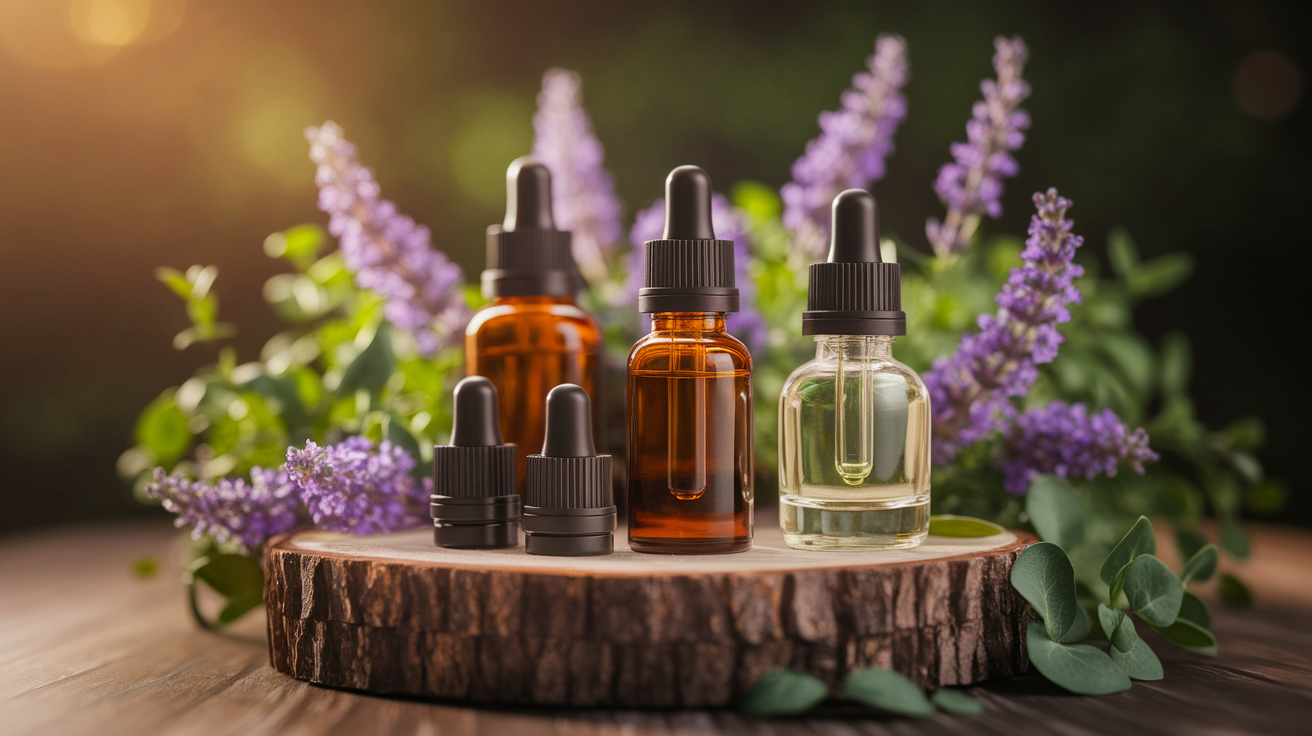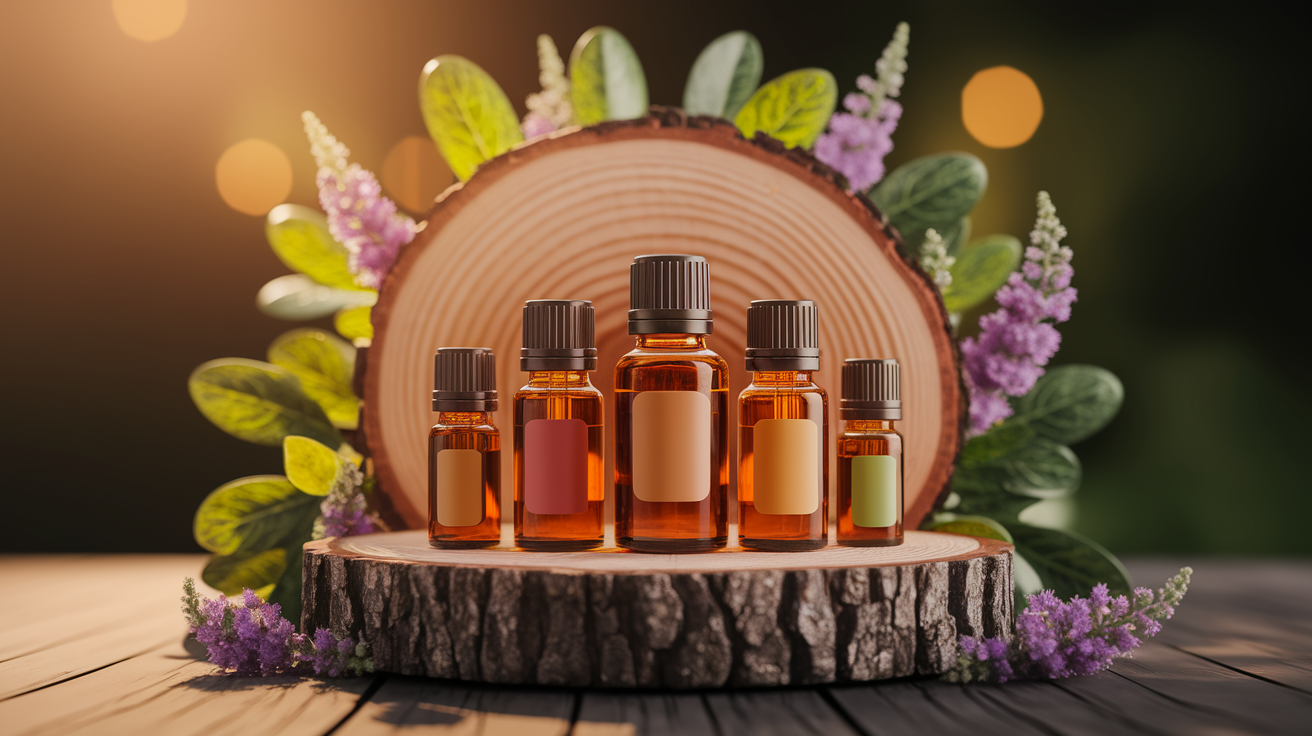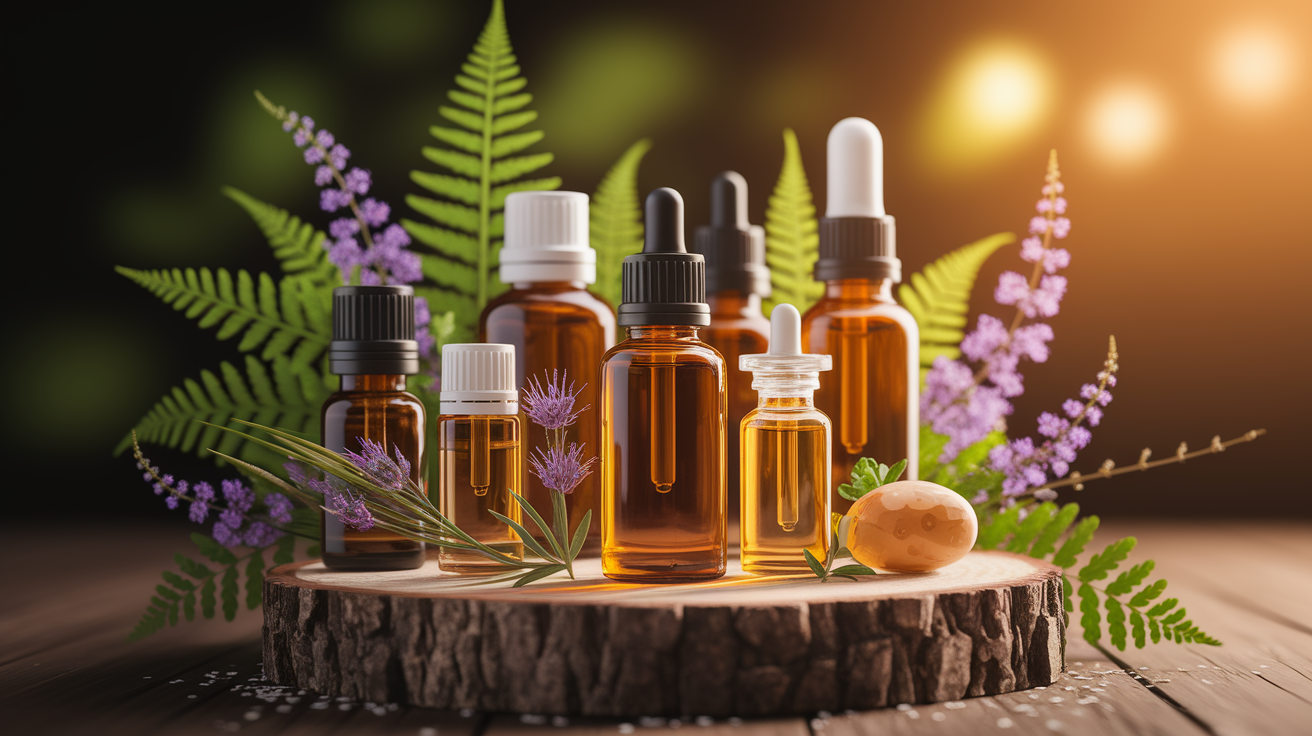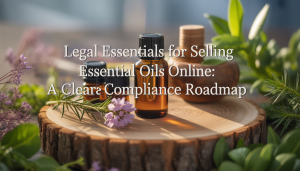Quick Start: IFRA Compliance Unveiled
There’s this moment when you’re standing over a beautiful blend you’ve just created, inhaling all its layered notes, and then—bam—it hits you: not every drop of “natural” means “safe.” That’s where the International Fragrance Association comes in, tightening up the rules so our creations don’t end up causing skin sensitization or allergic flare-ups. Their standards look invisible at first, but they’re like guardrails, keeping fragrance safety in check across everything from perfumes to soaps. It’s a bit like having a seatbelt for your blends—most of the time you forget it’s there, until it’s the only thing between you and trouble.

Identifying Restricted Components in Your Oils
This is where the detective work begins. You’ve got to know what’s hiding inside each oil—those tiny compounds that sound poetic on paper but can be troublemakers in real life. Eugenol in clove oil, geraniol in rose, estragole in basil—these are the usual suspects. The IFRA 51 overview reads like a “who’s who” of restricted components, listing natural substances that need a careful hand. Somehow, it’s both thrilling and a little alarming to realize that even the gentlest floral scents can have strict concentration limits. Once you start spotting these components, it’s like seeing the “hidden ingredient” layer on a recipe—it changes the way you blend forever.
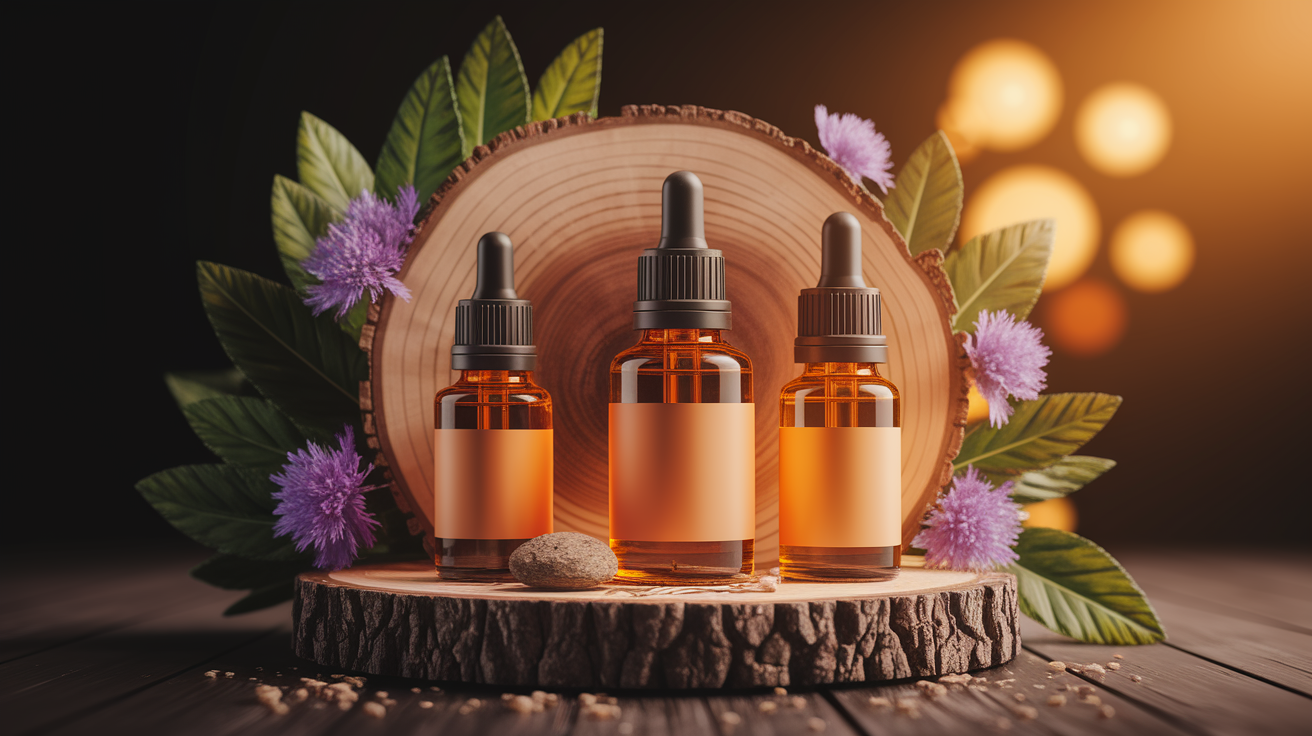
Calculating Safe Usage Levels
Here’s the part where it gets a little mathy but in a satisfying way. You take the percentage of an oil in your formula, multiply it by the percentage of the restricted component in that oil, and suddenly you’ve got a number that tells you exactly what’s going into your product. If the same allergen is in multiple oils, you stack those numbers like pancakes until you get the total. The step-by-step IFRA compliance guide makes this whole process far less intimidating, showing exactly how to keep your final percentage under the safe usage limit. It’s kind of like double-checking a recipe before serving—it’s all about making sure no one leaves with a bad taste or worse, a rash.
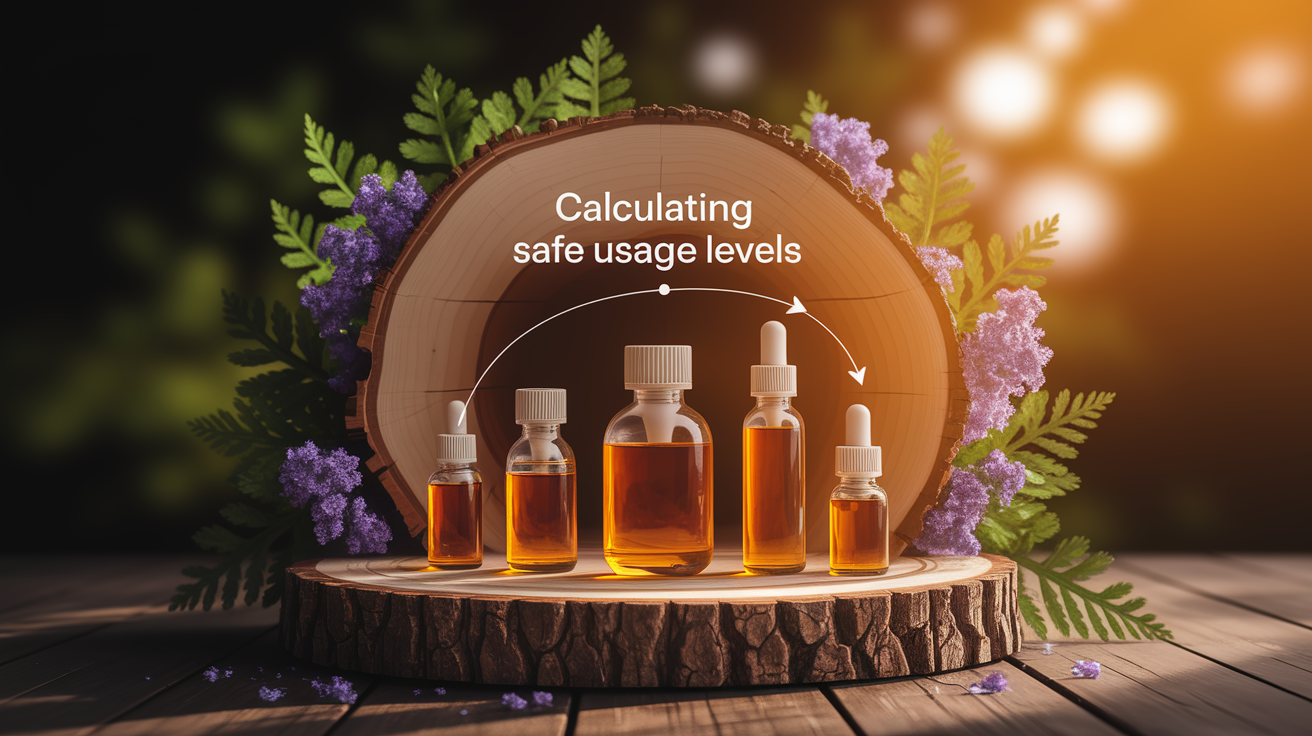
Benchmarking Against IFRA Limits
Once you’ve got those percentages, it’s comparison time. IFRA sets maximum concentration levels based on product type—skin cream, soap, candle, whatever you’re making. You hold your numbers up against the limits, and this is the moment when your blend either gets the gold star or the “back to the lab” sticker. Matching your figures with the IFRA standards feels a little like stepping up to a measuring stick at an amusement park—either you’re tall enough to ride or you’re not, no matter how excited you are about the ride.
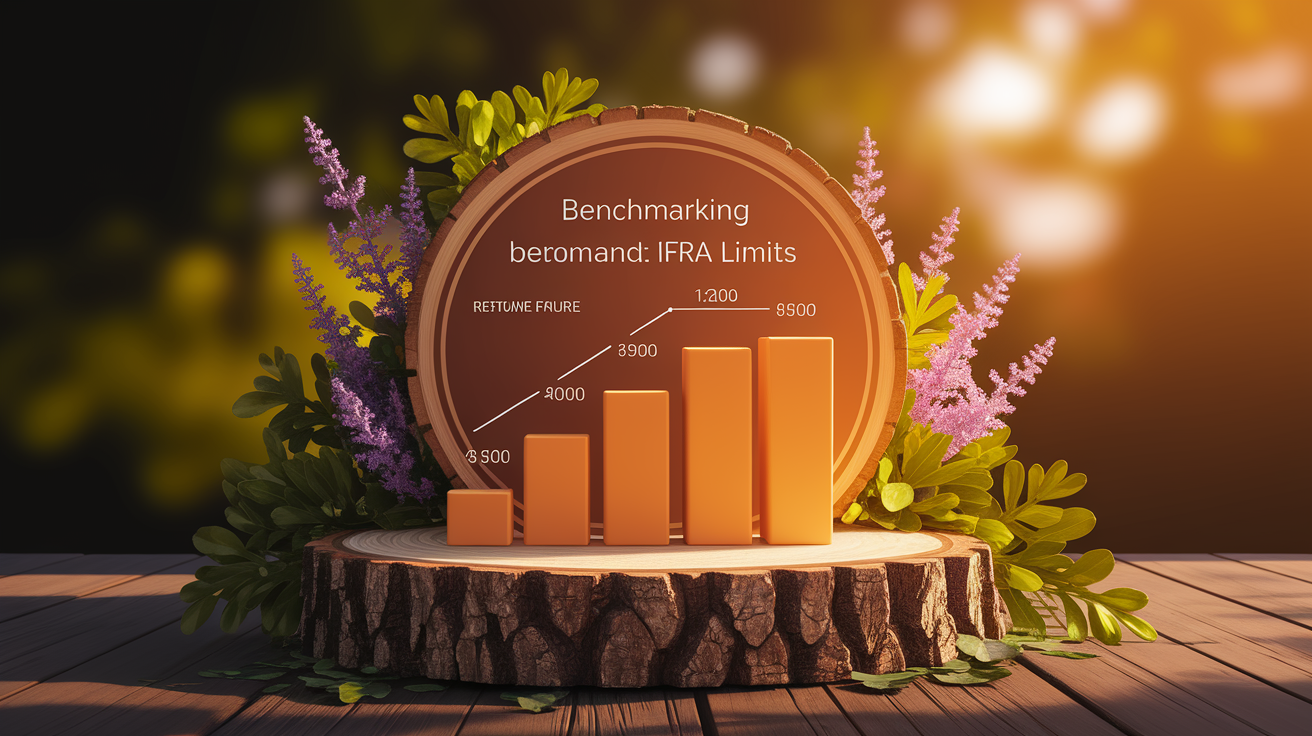
Reformulating and Staying Current
Change is the only constant here. IFRA regularly updates its rules based on fresh science, which means last year’s perfect blend can suddenly need tweaking. Suppliers often provide IFRA certificates with each oil, spelling out the current restrictions, and those papers become your best friends when reformulating. The clock starts ticking once updates are published, giving about two years to comply—enough time to use what you have and adjust the recipe. Scanning the IFRA conformity certificates feels like reading the fine print in a treasure map—you’re looking for the tiny X marks that tell you where your limits lie.

Safety Sealed: Your Compliance Action Plan
Pulling it all together is a mix of organization, vigilance, and a little creativity. Get those IFRA certificates for every oil in your toolbox. Keep a clean log of every blend’s numbers and the product categories they’re meant for. Cross-check against the most restrictive limits from component to component. And never let more than a year slip by without checking for updates—it’s not just about ticking the regulatory boxes, it’s about protecting the people who’ll use and love your products. The guide on using IFRA certificates makes planning almost effortless, turning what could be a stack of confusing papers into a realistic roadmap for safe, beautiful, compliant blends.

